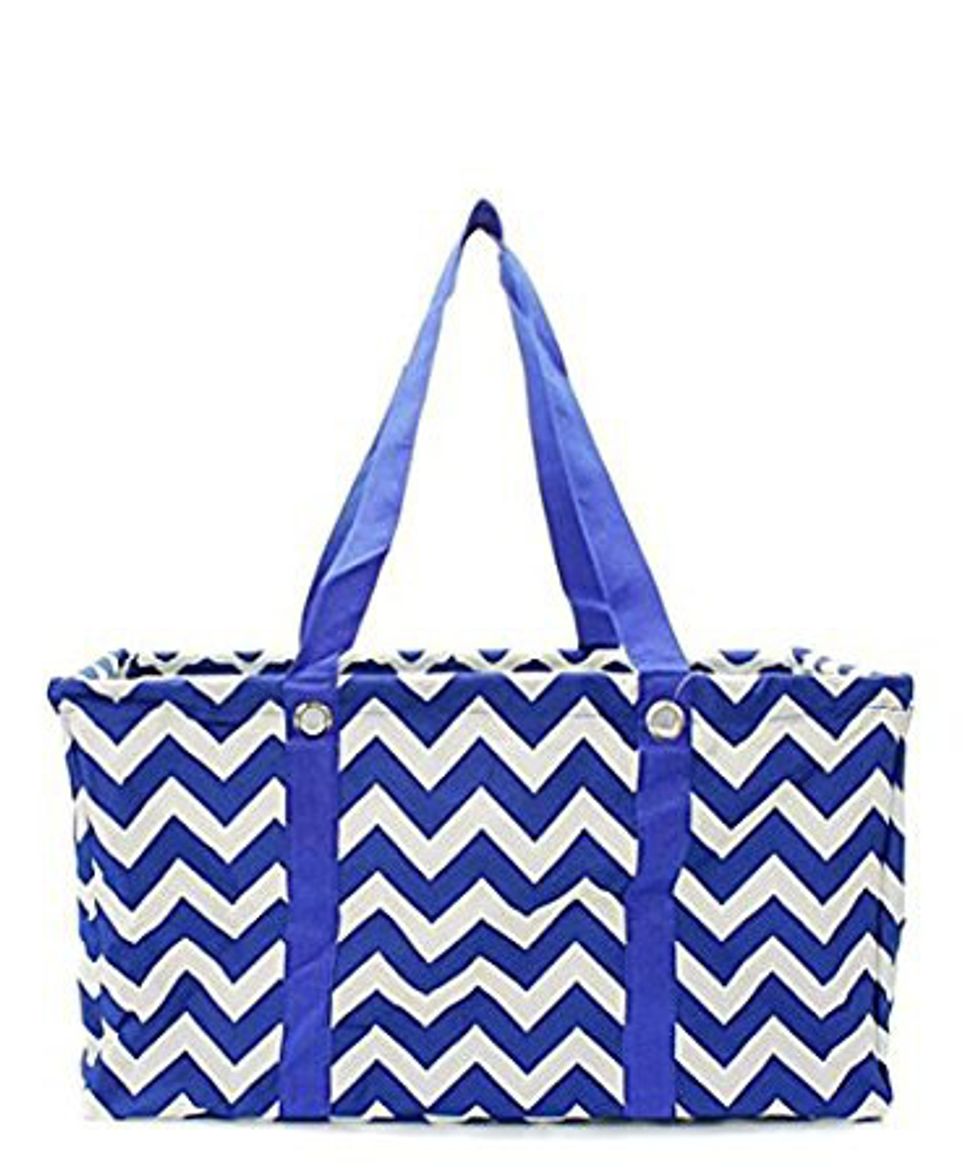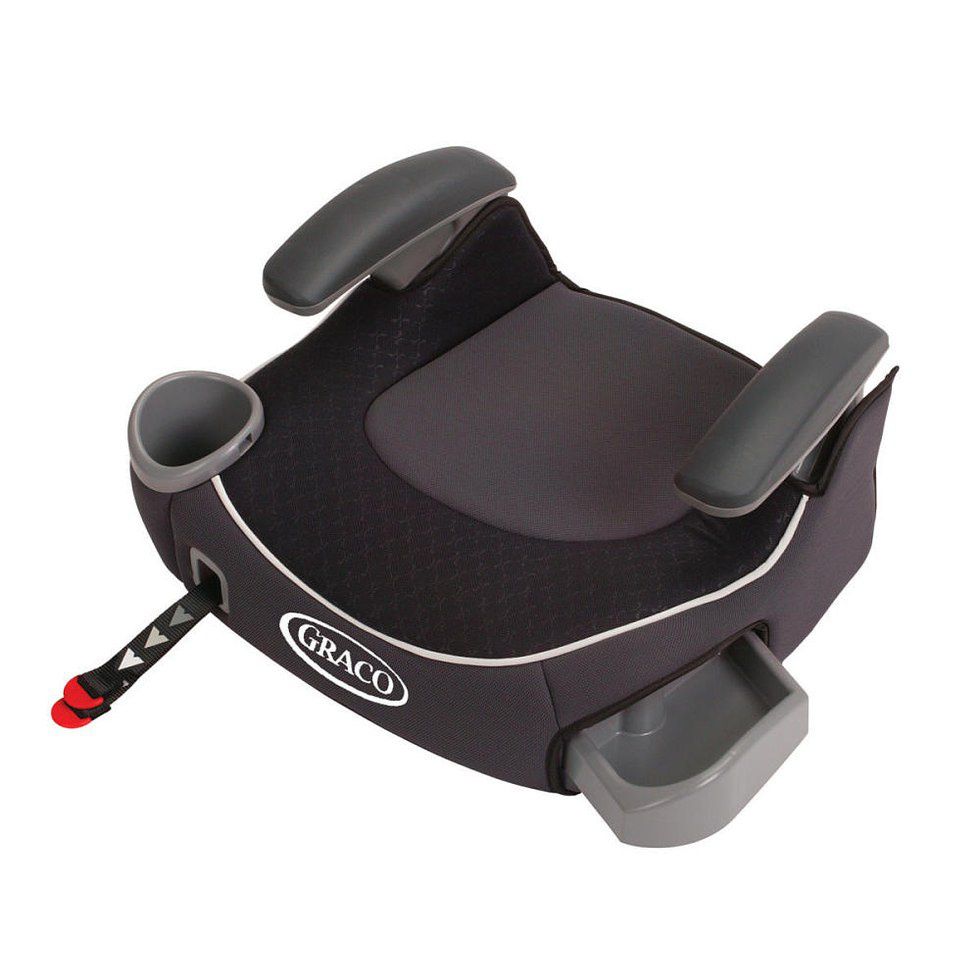When we are shopping for a moissanite engagement ring, there is a frequently asked question " Does Moissanite Pass Diamond Tester". The answer is absolute "Yes". To help you more about moissanite diamond testing, we will share a deep talk about it.
What is Moissanite Diamond
Moissanite is a naturally occurring mineral that is composed of Silicon Carbide. It was first discovered in a meteor crater by Dr. Henry Moissan. Moissanite has an incredibly similar appearance to a diamond in clarity, fire, and brilliance. With a hardness rating of 9.25-9.5, it comes in just behind the diamond, which has a rating of 10. This means that moissanite is very strong and will last as long as a diamond, keeping its beauty and brilliance for a lifetime. Even when they are placed side by side, it is very hard to tell the difference between moissanite and diamond if you don't know what to look for.
Moissanite also comes with other significant features. It has a heat conductivity similar to that of diamond and an electrical conductivity that is better than diamonds. That is also the key to telling the two apart
Does a Moissanite Diamond Pass a Diamond Tester?
Yes, indeed. A diamond tester work by measuring the thermal conductivity of the gemstones. Unlike fake diamonds, Moissanite is a good heat conductor. It will pass a thermal conductivity diamond tester.
However, this method is ineffective for distinguishing moissanite from diamond. Basic diamond testers only test thermal conductivity, so they can tell your diamond or moissanite apart from other stones, but they can't pick up the slight difference in conductivity between the two.
Jewelers and gemologists use them despite their flaws. You'll need a different tester to distinguish the gems.
Moissanite Diamond Tester
If you use a diamond tester on moissanite, you'll get a "diamond" reading. Therefore, a specialized instrument, known as a Moissanite tester, is required for its detection.
Due to its (very slight) electrical conductivity, specific moissanite testers have been developed. Moissanite diamond testers only evaluate electrical conductivity, making it easy to contrast diamonds and gemstones.
- Diamond Tester vs Moissanite Tester
A diamond tester works based on the difference in thermal conductivity of gemstones. It can tell the difference between diamonds and other gemstones like cubic zonc. In comparison, a moissanite diamond tester functions to measure electrical conductivity within the stones. That is the reason why it effectively distinguishes moissanite from a diamond.
Multi-Tester
Multi-testers is a powerful testing tool that can work effectively to test both moissanite and diamonds. This is due to the fact that they can measure electrical conductivity as well as thermal conductivity. Although diamonds are not electrically conductive, electrical conduction can be found in a wide variety of gemstones. Therefore, if you have a multi-tester, you can also test other gemstones.
The cost of multi-testers is obviously higher than that of single-testers, but the fact that you only need to have one instrument on hand in order to obtain the information that you require on a specific stone is extremely convenient.
Diamond testers start at about $15 for a basic model. Moissanite diamond testers are likely going to cost a little bit more than $100. However, the average price for a multi-tester reaches $250. There is no necessity for us to buy such an expensive tool. Other ways to test a moissanite diamond are available in the following content.
Other Options for Testing a Moissanite Diamond
Moissanite is a double-refraction gemstone, while diamonds are single-refraction. So, you can also use a jeweler's loupe to check for "double refraction" to make sure it's moissanite.
- What is Double Refraction?
When light travels through certain types of stones, its speed is reduced, it bends, and it breaks into two parts. This phenomenon is known as double refraction. This trait can only be seen when a trained eye looks at the stone from the right angle and at least 10 times closer.
When double refraction occurs, the lines between the facets look fuzzy and many. If you looked through a similar diamond from the same angle, you would see one clean, sharp line on the other side instead of several blurry lines.
However, due to the intention of moissanite cut, a moissanite diamond is not doubly refractive if we see through the table of the stone. The right view to check there is double refraction is seeing a little lower through the crown facet.
Additionally, we can tell moissanite from diamonds by looking at the fire and brilliance of the stones because the two stones have different fire and brilliance. Moissanite emits a refractive index of 2.65 and 0.0104 in fire, which is higher than diamonds. Therefore, when you move each of them under light, you will find the different displays of fire and brilliance between them. Moissanite tends to have a more colorful sparkle than diamonds.
Carat size is also an important thing that can help distinguish diamonds from moissanite.
Because of this difference in density, Moissanite is 15% to 18% lighter than an equal-sized diamond. A one-carat Moissanite would always be bigger than a one-carat diamond.
Based on all of this, you should be able to tell the difference between a diamond and Moissanite if you weigh and measure them.
However, if you do not want to test moissanite on your own, you can also take your moissanite jewelry to the jewelry shop near you to ask professionals for help.
Conclusion
Best Carat Jewelry think that Moissanite stones do pass a diamond tester. However, due to the limitation of diamond testers, they can not detect electrical conductivity. To test moissanite, you can also resort to a separate Moissanite tester or get a multi-tool that tests both thermal and electrical conductivity. The ultimate solution is to take your moissanite stones to the jewelry shop near you.















